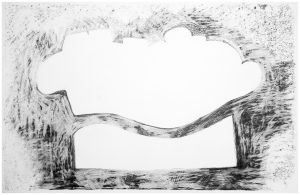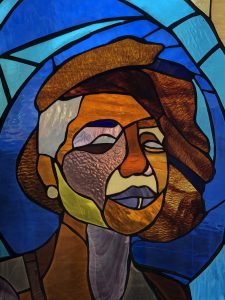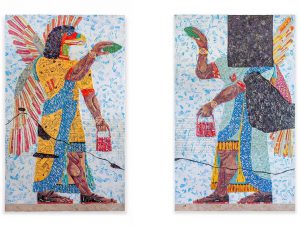Let me ask you this: What is an artist’s responsibility? Should they take the ideas that shape contemporary society and translate them into a visual language? Are they the ones who bear the weight of our cultural legacy? Is their purpose to leave the world in a more beautiful state than it was in when they entered it? Are they meant to teach us about our world, about ourselves and about each other? Or are they only responsible for the manifestation of their own ideas, whether they speak to a greater social context or a more individual one? Could it be a combination of several of these things? Whether it is intentional or not, we often impose a series of expectations on artists and the art that we see and how it should function in the world. We then make decisions on whether or not the work lives up to those expectations. Taking this into consideration I decided to ask several artists to share their thoughts on what expectations they have set for themselves by asking the following question:
What, in your opinion, is your responsibility as an artist?
Here is how they responded.
Anonymous | Artist//Educator
Living is difficult. As an artist, it is my job to offer a place of respite and reflection. The key words are beauty and hope. While I deal with themes frequently considered depressing, such as illness and death, the work offers the viewer a way to grapple with these themes and come to their own conclusions. In the words of Karen Armstrong, “… the contemplation of the insoluble is a source of joy, astonishment, and contentment.”
Matt Austin | Artist//Educator//Director of Education of HomeSchool
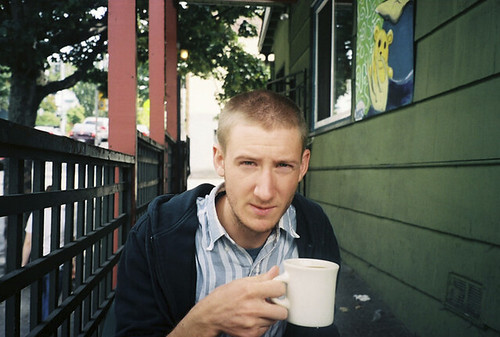
I think that my responsibility as an artist is no different than my responsibility as a person living in a society: to wake up, to go to sleep, and in between, spend my energy bettering myself and making a contribution to the communities I have the opportunity to interact with.
Nick Bastis | Artist
To approach questions without conclusiveness or the assumption that my inquiry is of equal significance to anyone else.
Dawoud Bey | Photographer//Educator//Writer
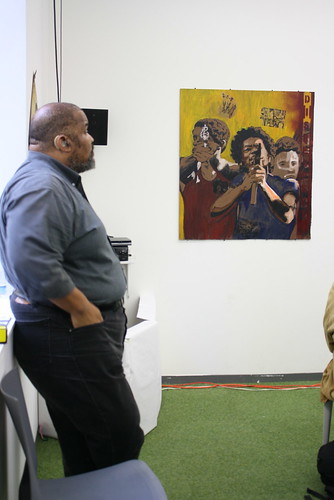
My responsibility as an artist is to make work that engages our historical moment, and does so with a degree of rigor, integrity, skill, and finesse. I also feel that a part of my responsibility is to engage in a conversation with history as it relates to others who have used the photographic medium and process to talk about the human experience. I want to add something to that conversation, to advance it in some way. If I can do that, and bring some folks along for the ride who have been previously left out of that conversation, then I think I’ve done as much as can be asked.
Paul Branton | Artist
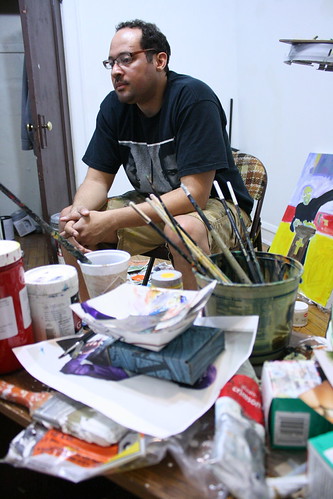
As an artist, my main responsibility is honesty. The images I create have to come from a very honest place inside of me and represent everything that I hold dear. There are two responsibilities to my audience. Not only must I remain honest with myself, but I must continue to give them honest work, no matter the subject matter. And the greater responsibility is to make them THINK. Sometimes this process is a delight for the eyes, and other times it’s uncomfortable—but even in this uncomfortableness, honesty has to remain at the forefront of my art.
Alpha M. Bruton | Artist//Educator//Organizer

For some reason I am challenged with this question and how to answer. For years I’ve expressed that artists have a social responsibility to record history. I state this in my biography and when I’m talking to students, but perhaps because I’m entering a new decade and am on another plateau, I think that the question warrants something more sincere than a statement with out an explanation.
I think that I’ve spent a life time experimenting and sharing my “god-given gift.” I have always shared my gifts, talents [and] abilities with my family, my peers, with students and with the public. I am recording history with the stroke of a paint brush, making art that becomes immortal, and will have a life long after I no longer exist. As a teaching artist those who cross my path [and] take the time to listen to what I have to say, I know I leave a lasting imprint [on them]. That begins their footprint. [I am] passing the baton, so to say.
Tia Etu | Artist
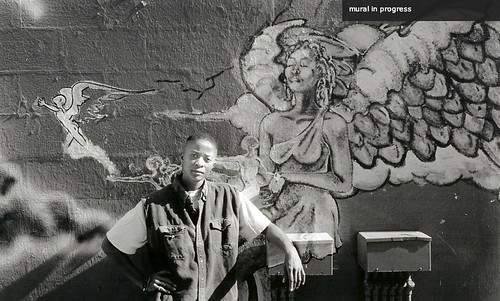
It is my responsibility to be true to myself; that is the only way to be true to others. TRUTH.
Adam Grossi | Artist
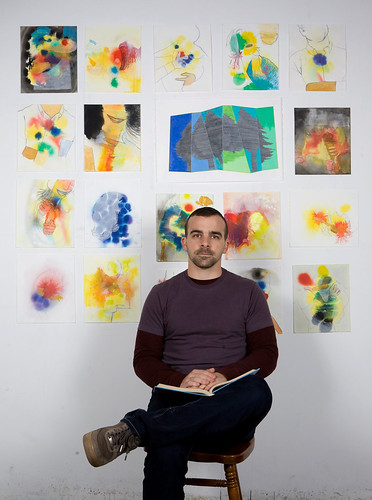
My responsibility is to keep pressing on my practice: to keep applying pressure, creating conventions to facilitate progress and then to challenge those conventions when they start to seem stale. I have a responsibility to listen carefully to what I’m actually doing and what I’m inclined to make, and keep trimming my assumptions about what I do in order to keep up with the reality of the practice. I feel a responsibility to the culture I’ve emerged from: to speak back to it, to reference it and to re-imagine it, to undermine and breathe potential into its over-determined spaces.
Stuart Hall | Artist//Curator
It is the responsibility of the artist to compel the viewer to think.
Riley Henderson | Artist
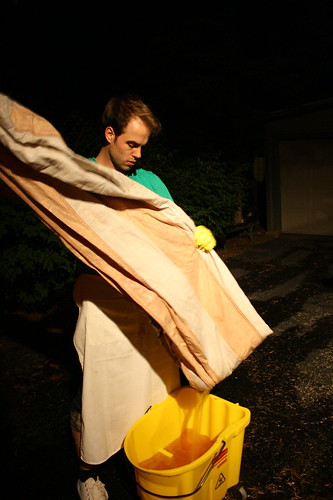
I have come to the opinion that the primary responsibility of an artist is to be true to oneself. This is an idea that hadn’t really occurred to me until recently. As an extremely empathetic artist that is interested in forms of activism and change, this has been a very difficult idea for me to come to terms with. An artist must be completely invested to the point that the work contains them as well as their ideas.
For myself, art is a way in which to better understand and explore the world. It is impossible to do this from another person’s perspective, so your ideas and interpretations must come from within. If you remove yourself and your own experiences from that, then the art becomes soulless and uninteresting. As an artist and an object maker, I often wonder what the point is. It always comes back around to the fact that I’m not just making the work for other people. The act is cathartic and helps me to grow as an individual. My hope is that my work offers inspiration and allows people to grow in a way that they may not have otherwise.
Anna Kunz | Artist//Educator//Curator

I think we have a lot of responsibilities. But as of this moment, I think it’s important for an artist to inspire, encourage, validate and question creative thinking in others. To introduce others to new ways of seeing things, but, at the same time, not to be an “other”.
Angee Lennard | Artist//Founder of Spudnik Press Cooperative
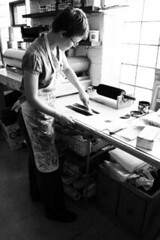
This is what I do know: Artists are responsible for being relevant beyond their own studio practice. If they aren’t responding to the world around them for the betterment of the world around them, then they need to find a way for the world around them to have access to their work and be able to receive benefit from it. We have a social responsibility to contribute, in one way or another, to our society and our culture.
Sam Lewis | Artist//Co-Founder of Elastic Arts Foundation

My responsibility as an artist is to find my voice and to be true to that voice–always keeping in mind that the voice transcends and/or supersedes medium and person.
Duncan Mackenzie | Artist//Critic//Educator//Co-Founder of Bad At Sports
As an artist my responsibility is to the things I have made and will make.
Mike Nourse | Artist//Educator//Co-Founder of Chicago Art Department
Question the world outside, answer to the world inside.
Joyce Owens | Artist//Educator//Curator
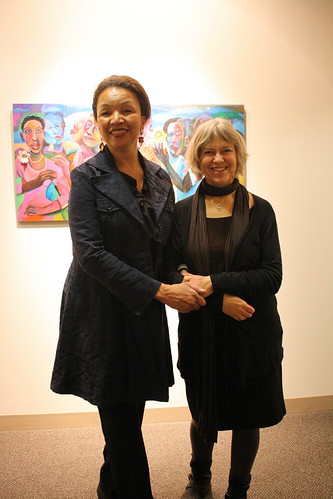
I believe my responsibilities as an artist are parallel to my human responsibilities. My job as an artist and a member of society is to be productive and contribute to the dialogue.. Choosing expediency over honesty, or entrepreneurship over accomplishment (even though artists are often judged by whether and how much we sell) is not an option, in my opinion.
And, as Stephen Colbert intimates, “truthiness” may be close, but it is not actually truth. As an artist and a human being I am responsible to express the truth as I see it.
Erik L. Peterson | Artist
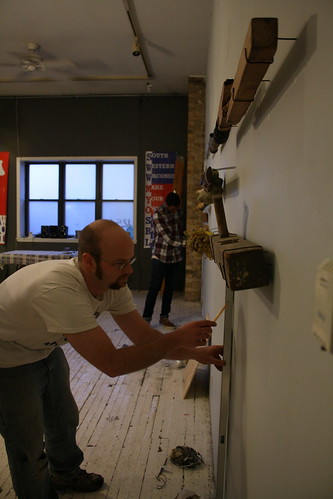
It is the responsibility of the artist to take on the role of the “trickster” on modern society. The trickster is a trope that has emerged in countless cultures in myriad forms— the Coyote in Native American lore, the spider Anansi in West African tradition, Brer Rabbit in African American folk tales—always with similar intent: to act as a foil to human folly. More contemporary versions can be found in early slapstick films of Buster Keaton, Charlie Chaplin and the Three Stooges, and in contemporary artists as well. A supreme instigator, the trickster often gets into trouble for his meddlings but he uses cunning and humor to gain the upper hand. Here, like the artist, wit is miraculously transformed into wisdom. The levity that this act assumes and entails is not to be taken lightly, of course. The humor that the trickster-artist develops in the work is often a way of conveying serious issues. For example the absurdity of the premise in Gordon Matta-Clark’s Fake Estates belies the gravity of our country’s land policy for property ownership, similarly Jimmie Durham’s work appears playful and fun, but he undercuts it with a precise political message.
Jillian Soto | Artist//MFA Candidate at School of the Art Institute
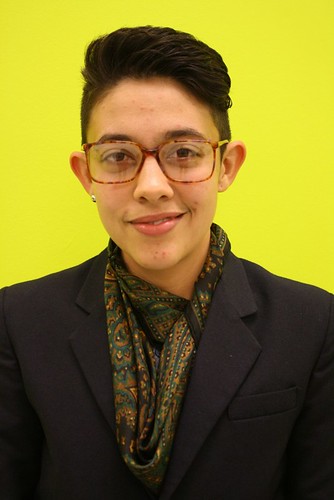
My responsibility has many layers. Personally, the first and I think most important one is that I remain true to my belief in what an artist is and does. This may change over time but the most important thing and perhaps difficulty, is the honesty that this requires with oneself. We fancy ourselves artists for a reason or reason(s) and we gotta know what those things are and continue to learn about the things that got us in this beautiful fix. Keeping this in mind, I believe our responsibility is to acknowledge our own power as artists, as cultural shape-shifters, and most importantly, become actively self-reflexive.
Amanda Williams | Artist
My responsibility as an artist is to make GOOD art for myself.
This sounds innocent enough, but it’s actually quite a difficult task. Once one makes the commitment to create art both as a way to feed the soul and a way to feed the belly, art and commerce become intricately intertwined. With each increasing level of visibility and financial success, it becomes that much harder to not make art with someone’s sofa colors in mind. (i.e.–“That painting would go great with my entertainment room scheme”)…
If I keep a goal of making the work that stirs me, that is rigorous and passionate, that does justice to choosing this path over all others, then I’m staying true to myself. This doesn’t exempt me from accountability from others, actually it’s the opposite. It means that I’d best be on my game about using this medium to contribute something meaningful to a larger world conversation about life.
Jabari Zuberi | Photographer
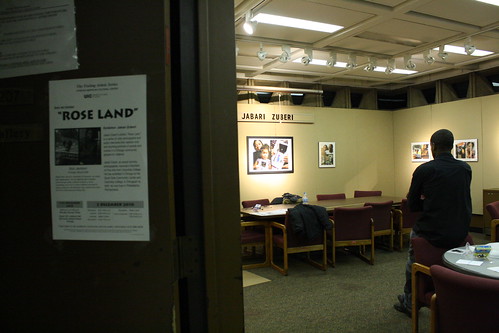
My responsibility as an artist is to absorb and muse on ideas I find engaging. People are unique in a multitude of ways, but there are constantly threads of questions, revelations, desires and ideas that weave us together. Therefore, I believe my work as an artist can lead to a greater good in the advancement of other people’s lives, because my work aims to reconstruct and rethink ideas that are inevitably shared by many. This brings together people through commonality or confliction of stance, and so it creates constructive discourse. This general artistic desire, however, is only charged and powerful when it is applied to the core fundamental issues I have in my daily life. In belief that these core problems are commonly shared, and that perhaps these deep-seeded issues might be the best to tackle first.
These fundamental issues are a mixture of being African-American and a visual artist. Historically, both culturally and visually, America has found ways to try and marginalize and degrade the foundation of positive and strong representations of African-Americans to African-Americans. So I believe that as a visual artist of this culture I’m endowed to follow in the footsteps of artists before me in creating positive and constructive images about African-Americans. However, I charge myself to do so in a way that pushes the progression of creating and self-verifying a culture, which has been charged with creating itself void of any certain knowledge of itself before the first slave boats in the early 1600’s.
Have your own thoughts?
Add your comments to our reply section below.



